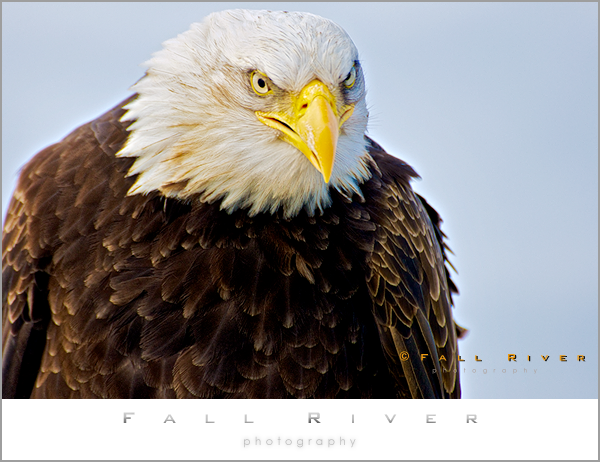History of the American Bald Eagle
Continued-
Before settlers landed on American shores the population of the Bald Eagle may have eclipsed a half a million. With a range from Alaska to Mexico the majestic Eagle soared through the skies of a virgin land. As the human population increased and the natural habitat of the eagles declined the numbers of eagles plummeted by the late 1800’s. Observations were made that a bird once nearly ubiquitous in the land was now almost a memory. With that realization people came to their senses and began a progressive series of legislative acts to protect the American Bald Eagle culminating with the Bald Eagle being placed on the list of Endangered Species in 1967 and followed up with the Endangered Species Act of 1973. What followed is a success story in the restoration of the American Bald Eagle that is unfortunately exclusive to only a few species protected under the Endangered Species Act; the recovery culminated on June 28, 2007 with the delisting of the American Bald Eagle from the list. The Eagle remains protected by the Bald and Golden Eagle Protection Act.
History of the American Bald Eagle
“The eagle is a nice bird. We like to see it – on twenty-dollar gold pieces. Sentimentally, it is a beautiful thing, but in life it is a destroyer of food and should be killed wherever found.” Douglas Island News, August 6, 1920
Such was the sentiment for the national treasure that is the American Bald Eagle in the late 1800s and early 1900s. Congress selected the American Bald Eagle as the National Symbol of the United States in 1782 for it’s majesty and it’s representation of courage and might. By the late 1800’s however, as industry grew and the appetite for consumption of natural resources for profit expanded across the west, bounties were passed on the Bald Eagle across the US and paid on eagles claws until 1953 in Alaska. Even as the Bald Eagle Protection act of June 8 1940 prohibited the taking or possession of Bald Eagles thereby eliminating the purposeful destruction of eagles, Alaska delegate Anthony J. Dimond politicked to secure an Alaska exclusion from that act. Anthony Dimond had previously been responsible for increasing the bounty on eagles in Alaska from 50 cents to one dollar and was an obvious opponent of any attempt by the federal government to abolish bounty hunting in Alaska. Dimond’s increase in the bounty paid on eagles claws effected a change in the bounty hunting industry as the higher price moved the hunting of Bald Eagles from opportunistic to professional eradication for profit. The Territory of Alaska was bent on destroying what was viewed as a competitor for Alaska’s game and domestic resources. These rich and thriving resources were dead set in the sights of large commercial interests, one of which was the fishing industry out of Washington State. The large fish canneries, having obliterated the salmon industry along the pacific coast, moved north to fish out the Alaskan waters and actively pursued anything that they might perceive to be a threat to their profitability. Bounties on eagles were paid from the territorial treasury and later the state treasury for the confirmed destruction of 120,195 American Bald Eagles. The number of additional casualties due to wounding or other collateral damage such as juveniles who lost parents are incalculable.

